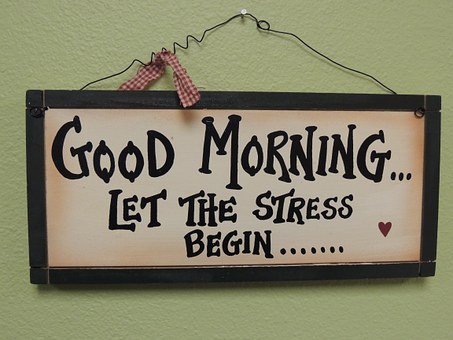Signs of intelligent marketing at last! Lately I’ve seen more marketers respond to consumer sensitivity and backlash to promotional and informational overload – a major contributor to attention and intention deficit.
Here are two examples. The first is an excerpt from Penny Sansevieri’s Book Marketing Alert newsletter*:
I don’t know about you but I’m overwhelmed almost daily with all the stuff I need to get done and learn (because we always need to be learning, right?). And I hear this from authors all the time: I don’t have time OR I don’t know where to start.
Because at the end of the day, you’d rather be writing, right?
That’s why the AME team has decided to change up our newsletter. Less information = less overwhelming.
If you’re an information junkie you can still find tons of tips on our blog and social media all week long, but our newsletter will now focus on one or two action items and that’s it. Strategies you can manage that won’t send you into a tizzy of “I have no time for this!”*
The second is an email promoting AMA’s Marketing Workshops**:
18 Workshops | 2 Days | 0 Distractions
That webinar you wanted to check out just got pushed off your calendar. That new book you bought has taken a backseat to pressing emails for the third night in a row. And that idea you’ve been trying to find time to research for the past few weeks is now on life support somewhere in your subconscious.
With all the roles marketers play, it’s hard to find the time to hone our skills, develop our ideas and keep up with the fluid, tech-fueled landscape we call our careers. That’s why when you get an opportunity, you really have to make it count.
 As a consumer and professional marketer, I’m tired of robo calls and junk email clogging my email inbox. I’m annoyed with financial service firms’ limited opt-out options that allow “related” businesses to continually promote their services to me. (No, I don’t need more credit cards or more insurance!) Ditto for nonprofits that sell my name to other donors’ lists.
As a consumer and professional marketer, I’m tired of robo calls and junk email clogging my email inbox. I’m annoyed with financial service firms’ limited opt-out options that allow “related” businesses to continually promote their services to me. (No, I don’t need more credit cards or more insurance!) Ditto for nonprofits that sell my name to other donors’ lists.
I’m OK giving my email when I make a consumer purchase or request a white paper for business; it’s quid pro quo permission marketing. It’s the onslaught of frequent emails following afterward that make me crazy. Just because a retailer features frequent daily specials or a business offers a weekly webinar doesn’t mean I care to know about it. I know who you (as a retailer or vendor) are; presuming my experience was positive, I’ll be happy to call you when I need you or refer you when appropriate.
Bottom line: Respect the consumer/customer and they’ll respect your brand. Bombarding them with promotional messages results in brand alienation – not a good strategy for building customer relationships and retention.
Less IS more.
*Reprinted from Author Marketing Experts, a full service book marketing and publicity firm. Find out more at: www.amarketingexpert.com]
**Disclosure: I’m one of AMA’s Workshop speakers.









